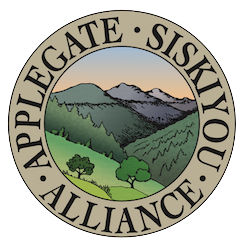In the spring and summer of 2023, portions of the Applegate Valley experienced a significant, episodic flat headed fir borer mortality event. These native beetles chew into Douglas fir trees, disrupt the flow of water and nutrients and kill drought and/or heat stressed trees as beetle populations grow. Although historically a rather benign wood boring beetle that unobtrusively killed some trees here and there, in recent years, droughts, heat domes, and other manifestations of climate change have triggered fairly large-scale outbreaks in portions of the Applegate River watershed. Although the most recent outbreak has largely subsided due to more favorable local climatic conditions, and because the most susceptible trees have already been affected, the BLM has continued using this mortality event to promote unsustainable, environmentally damaging clearcut logging in the Applegate Valley.
The Medford District BLM recently identified two new logging projects that claim to focus on the “salvage” of beetle killed trees in the Applegate Valley. These projects include the Boaz Salvage Timber Sale and the Forest Creek Salvage Timber Sale. Both timber sales are being proposed under the false pretense that the stands and trees targeted for removal are “dead and dying.” In many units proposed for logging this is clearly not the case, and instead the BLM is targeting many living, green stands that did not sustain significant mortality during the recent beetle outbreaks.
Shockingly, the BLM is scheduled to auction off these timber sales on September 26, despite not having provided the public with the proper notification or appeal opportunities. The Timber Sale Notices for these projects were released and advertised on September 5th and 6th, yet the Categorical Exclusion document authorizing the Boaz Salvage Timber Sale was signed just two days ago (9/13/24), and the Forest Creek Salvage Timber Sale Categorical Exclusion simply has not been posted on the BLM’s E-Planning website at the time of publishing of this blog post. The Medford District BLM was advertising these timber sales without official approval, and they plan to sell the timber sales before the appeal period has even ended.
So what does this all mean? It means the BLM is scheduled to auction off the Boaz Salvage Timber Sale just 13 days after they signed the decision document — the “decision document” being the signed Categorical Exclusion — and they still haven’t posted a signed Categorical Exclusion for the Forest Creek Salvage Timber Sale on their E-Planning site, even though they have it scheduled for auction on September 26th. It also means that the BLM announced the timber sale auctions to the timber industry before project approval!

The Categorical Exclusion used by the BLM is authorized for post-disturbance mortality salvage, yet these so-called “salvage” projects target many forest stands that survived the recent flatheaded fir borer outbreak and they remain living, green canopied forests. The beetle outbreak came and went, leaving the most resilient trees unscathed — perhaps they are trees with genetic adaptation to better resist drought and insects, or they were growing in more productive, moist or sheltered locations that help them withstand drought and beetle events. These surviving habitats are essentially refuges from drought and beetles, where even under heat domes, extended droughts, and less frequent cold snaps, these forests can and will maintain significant cover, especially on north- and east-facing slopes, in drainages, on lower slope positions, and at mid to high elevation habitats.
That is not to say that beetle mortality events will not occur in the future. Beetle mortality will most likely occur in response to future climactic events, but the BLM will be limiting the available host species, perhaps concentrating beetle mortality during those events and compounding whatever mortality does occur.
For example, according to the Timber Sale Prospectus for both the Boaz and Forest Creek Timber Sales, they will log tens of thousands of mature, living trees that survived the recent beetle outbreaks, leaving behind only between 3.3 (Boaz) and 4.9 (Forest Creek) trees per acre when they are done with the logging — equivalent to clearcuts.
This means, if beetles, wind throw, fire, drought, extreme heat and other natural disturbances kill those 3 or 4 trees over time, the agency will have entirely removed the conifer component, and shifted the once mature, fire and beetle resilient stands into young, more flammable and far less fire resilient vegetation types. It also makes these few remaining trees more exposed to the elements and more susceptible to wind throw, extreme heat, drought, snow damage and other forms of mortality or tree stress.
The BLM is not saving the forests of the Applegate, they are finishing them off. They are not protecting against forest loss, they are creating it.
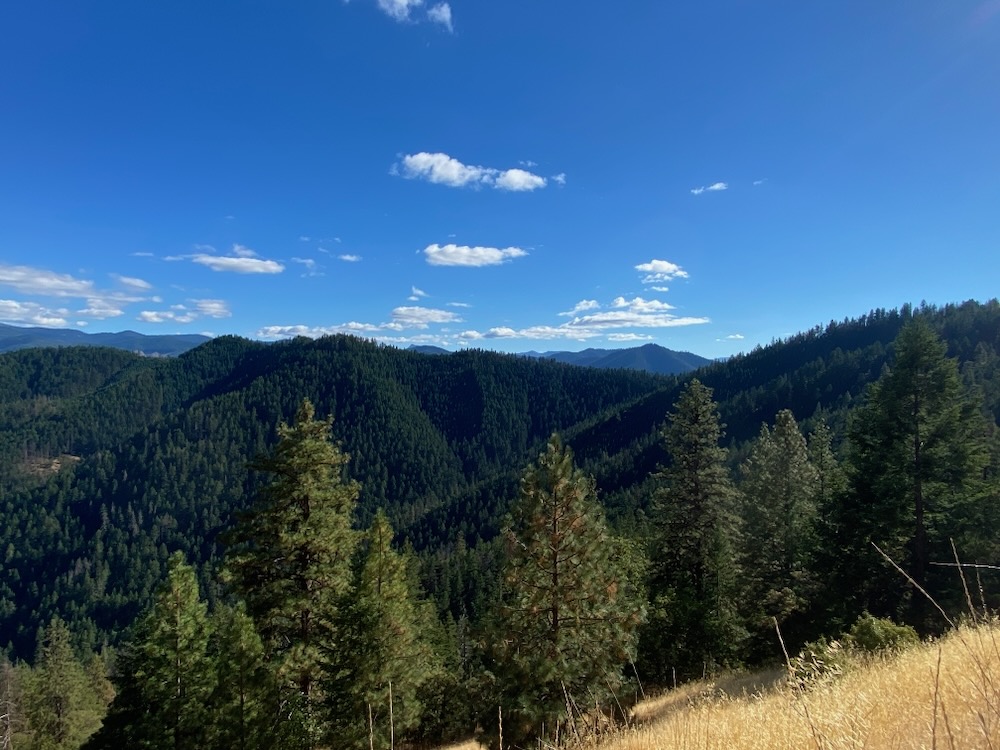
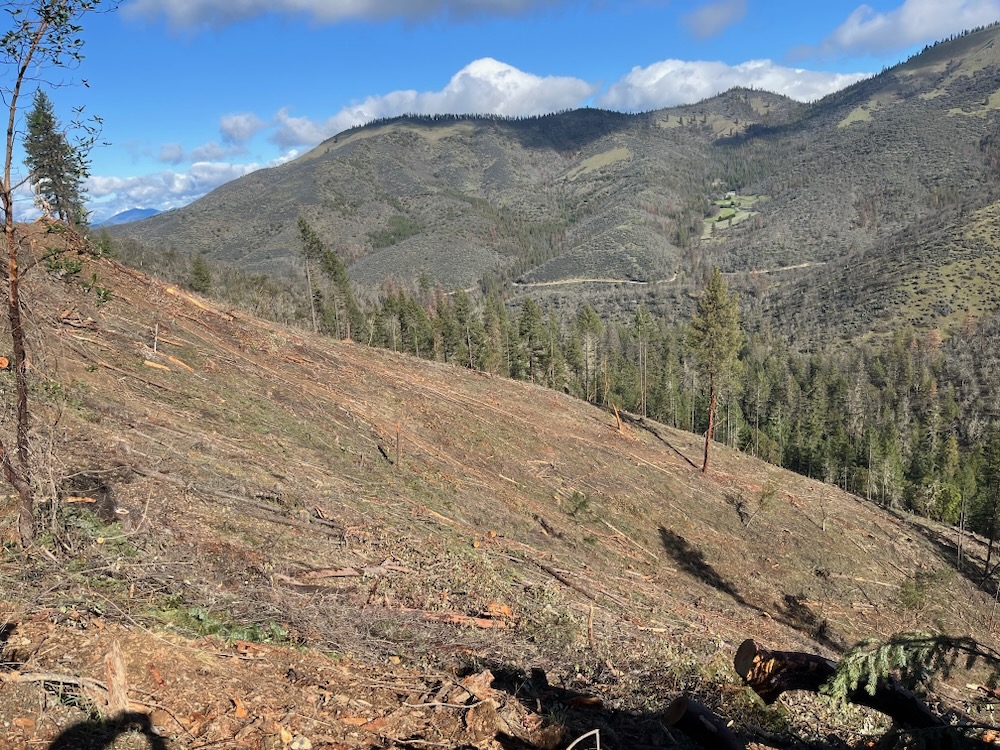
Boaz Salvage Timber Sale
The Boaz Salvage Timber Sale is located on Cinnabar Ridge and near Boaz Mountain in the Boaz Gulch and Neds Gulch watersheds in the Upper Applegate Valley, and at the headwaters of Grouse Creek, as well as directly above Buncom in the Little Applegate Valley.
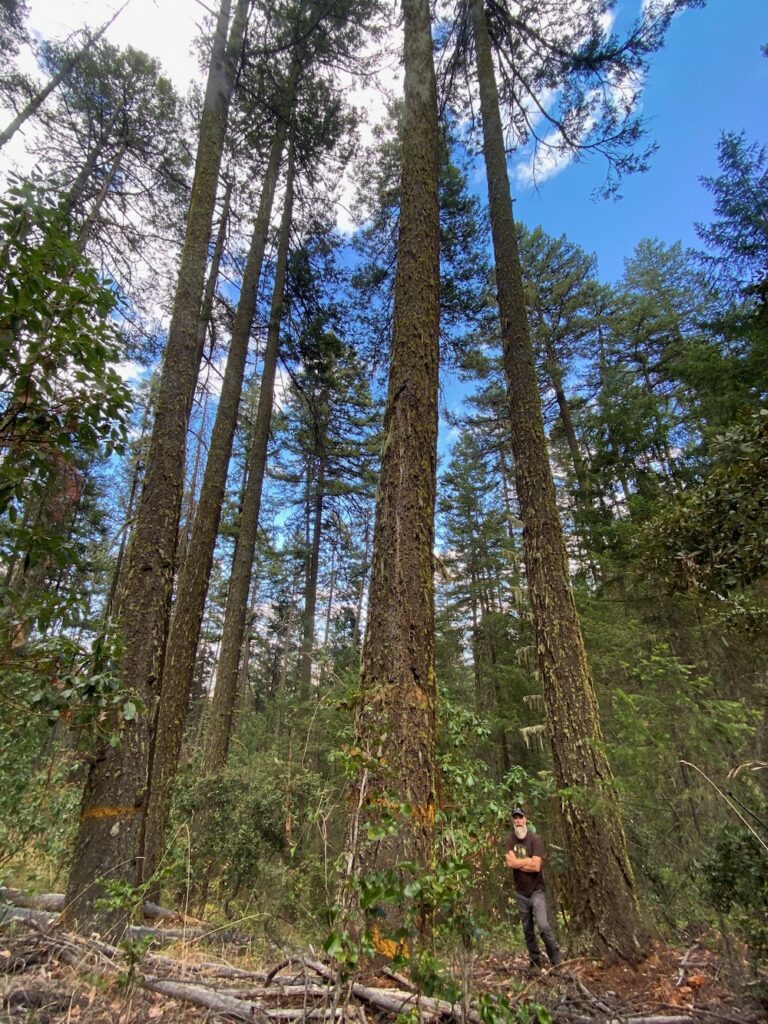
The timber sale contains some areas affected by beetle mortality, but large portions of the timber sale target living, green trees in stands that did not sustain elevated levels of fir mortality. These are not dead or dying stands as the BLM claims, they are drought and beetle resistant stands that survived the most recent beetle outbreak and continue to provide important forested habitat for wildlife, wildfire resistance, and climate resilience. In this project the BLM proposes to log an estimated 22,199 merchantable trees on 250 acres, and identified only 849 trees for retention. This translates to the retention of only 3.3 trees per acre and the clearcutting of vast swaths of green, living forest on the ridge above Buncom in the Little Applegate and above Eastside Road in the Upper Applegate.
Additionally, many of the units were previously included in the Nedsbar Timber Sale, which was highly controversial in the community and ultimately withdrawn by the BLM. The BLM is now targeting these same stands by claiming they are “dead and dying,” which is entirely untrue, and are trying to implement the logging under a Categorical Exclusion. The BLM has decided to avoid the public accountability that a full NEPA process entails, avoid creating an Environmental Assessment, and they are refusing to include any meaningful scientific analysis, public input, or public involvement.
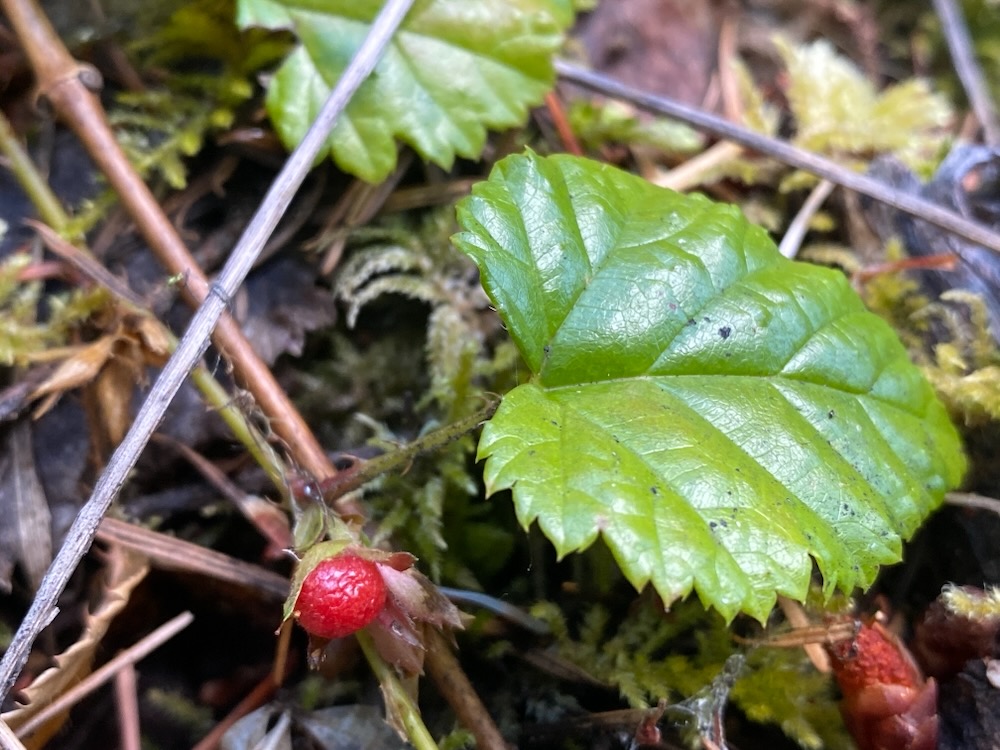
Although many living stands are targeted with logging in this timber sale, unit 35-5 is a particularly troubling example. Located in a large swath of mature forest at the headwaters of Grouse Creek on a north-facing slope and along a cool, moist drainage dominated by large, living trees, the area contains cool, moist habitat associations and represents clear climate refugia. In fact, on the boundary of the timber sale unit grows the only known population of dwarf snow bramble (Rubus nivalis) in the low elevations of the Applegate Valley, representing one of the most unusual populations known for this species, and it is located at the southern end of its range. Dwarf snow bramble is very uncommon in the Siskiyou Mountains and only survives this far south in cool, moist habitats, usually in high elevation subalpine forests. This population of dwarf snow bramble demonstrates that this specific forested stand contains some of the most resilient climate refugia in the Applegate Valley foothills, and is one of the most persistent, drought and beetle resilient conifer forests adjacent to the Applegate Valley on BLM land. It is exactly the type of forest we need to protect in the face of climate change.
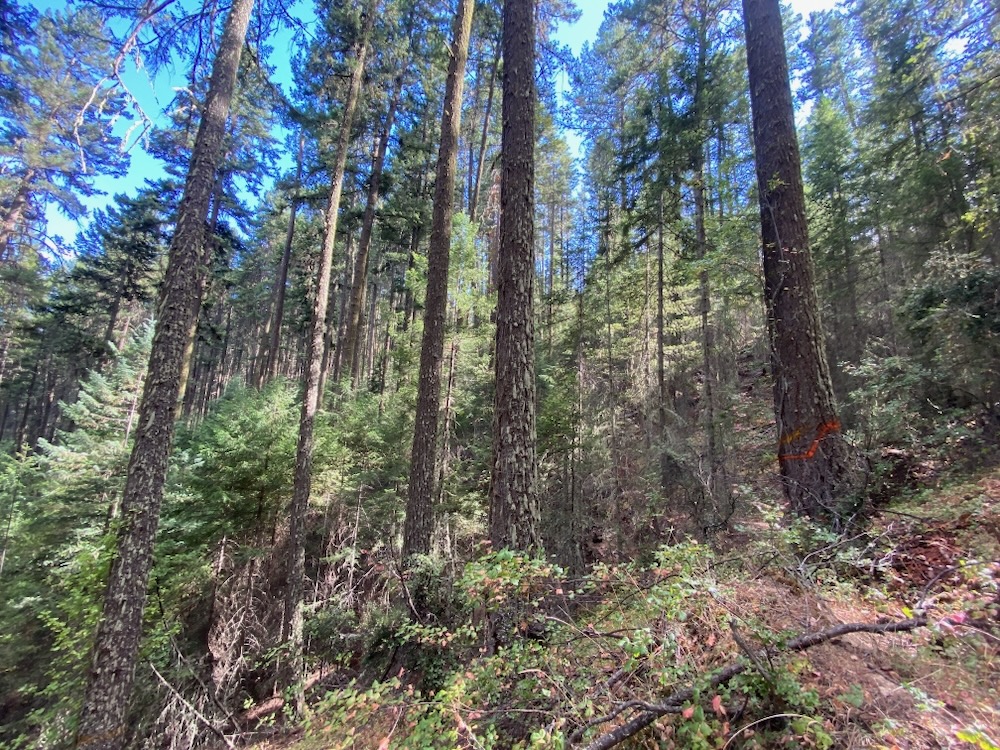
In unit 35-5, nearly the entire stand of mature, old trees would be removed, leaving only a few scattered trees, where a forest once stood. The BLM reports that 3,371 trees will be removed in unit 35-5, and nearly all of those trees are living trees, located in a refuge from climate and beetles. The currently cool, moist habitat would be opened in logging operations, exposed to the climatic extremes, and converted to a much younger, drier, sun baked, and more flammable plant community with abundant brush, stump-sprouting hardwoods and even-aged conifer regeneration.
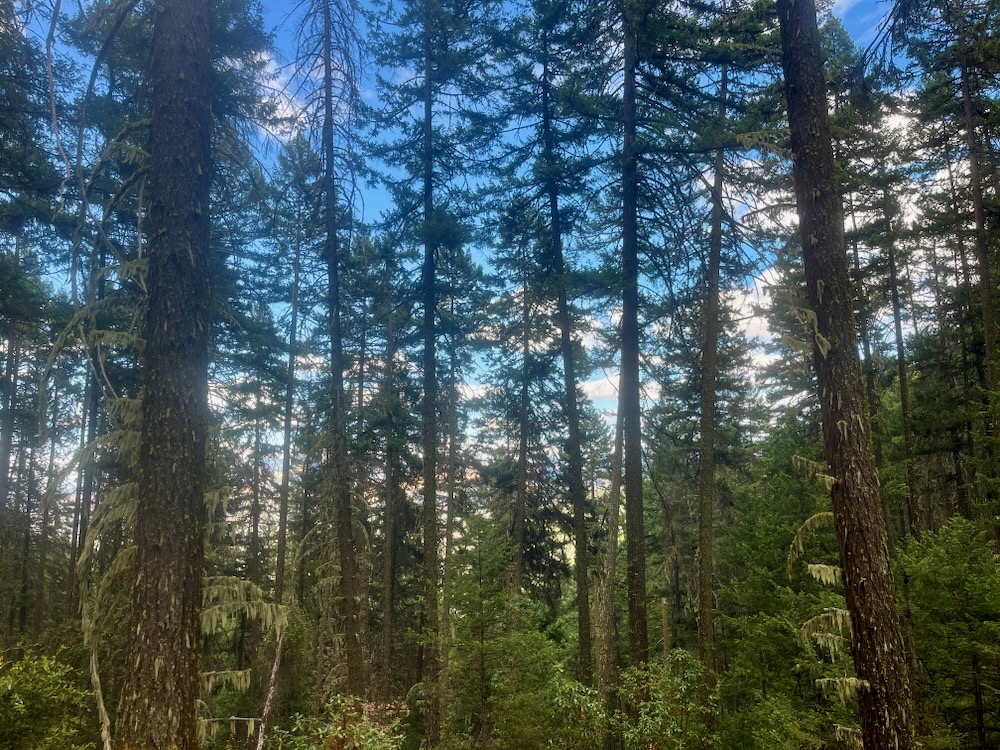
To make matters worse the BLM’s Timber Sale Prospectus for both timber sales calls for “lop and scatter” treatments, meaning slash from these clearcut logging operations will be left on site across all 450 acres of logging units, increasing fuels in the Boaz/Cinnabar Ridge region and on Forest Creek. The conditions created will exacerbate fire intensity, rates of spread, and fire severity during fire events, while the current stand conditions would moderate fire behavior and support fire resistance.
The BLM claims this stand and others are facing imminent mortality, yet the conditions on the ground show otherwise. In fact, the only signs of imminent mortality in some of these stands are the BLM timber sale markers.
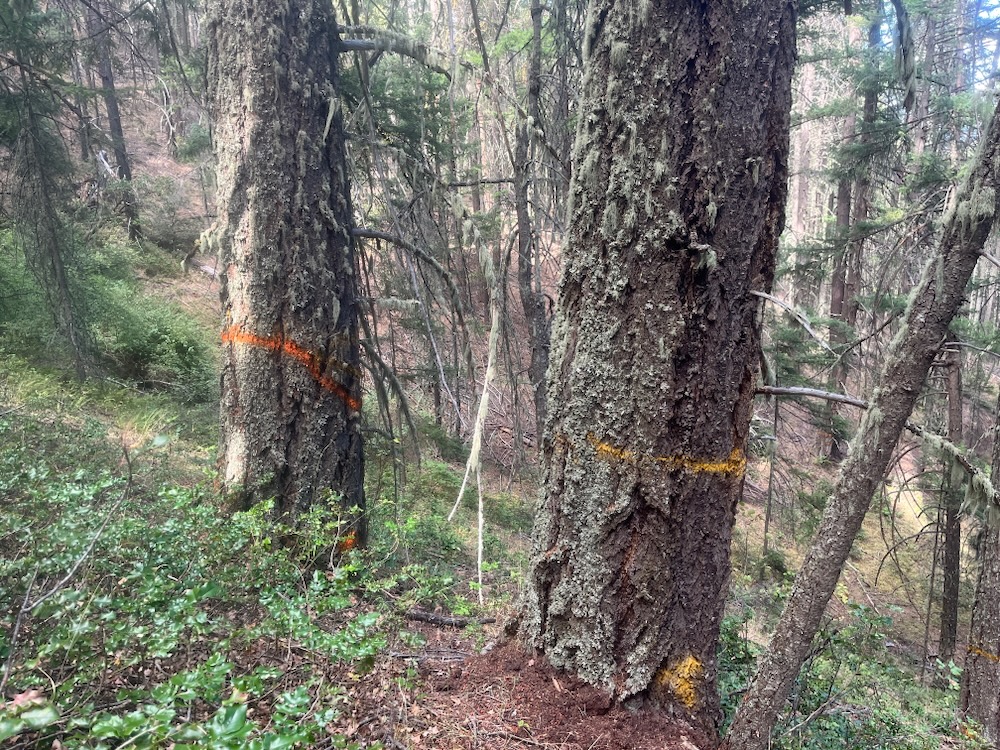
Forest Creek Salvage Timber Sale
Last week we also monitored proposed logging units in the Forest Creek Salvage Timber Sale and found many of the stands contained significant living, green tree components that would be heavily logged under this so-called “salvage” logging operation.
The pattern was similar to the Boaz Salvage Timber Sale, where many of the trees that survived the beetle outbreak would be logged, leaving only a few trees exposed to the harsh, post-clearcut elements per acre. In fact, according the BLM’s own records, this project would remove 10,641 merchantable trees, while retaining only 983 trees on 200 acres. This translates to only 4.9 trees per acre remaining after the proposed industrial logging operations in living, green canopied stands on lower Forest Creek.
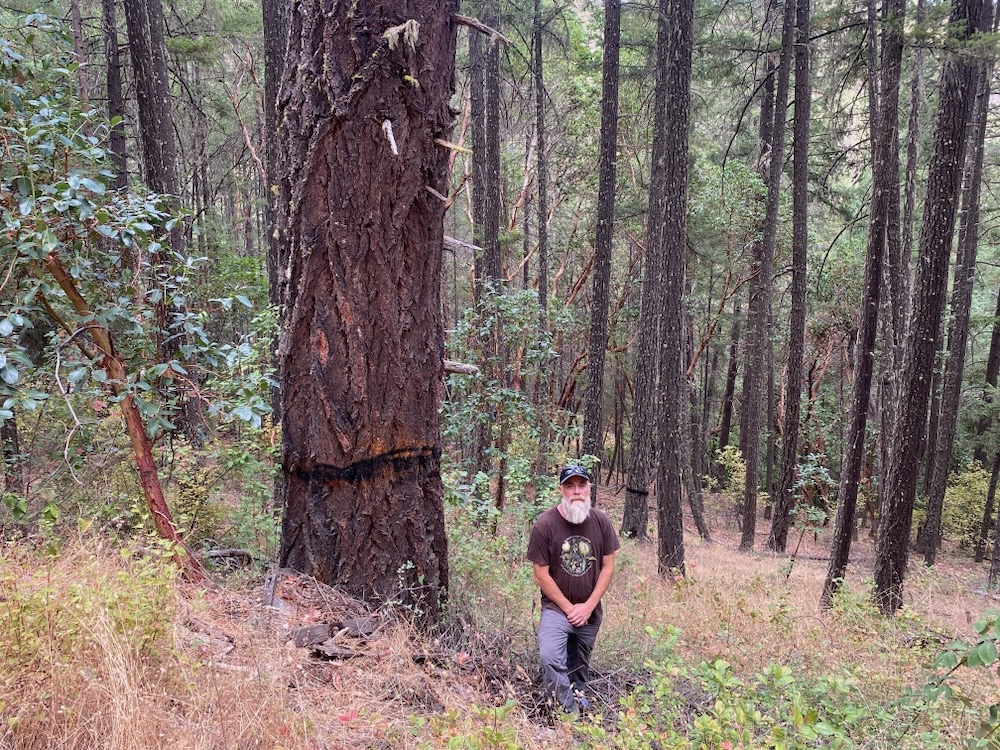
To make matters worse, unit 22-1 on the lower end of Forest Creek contains the only population of the incredibly invasive, non-native shiny geranium (Geranium lucidum) in the Applegate Valley. The species is known to spread quickly and smother native understory vegetation in forest and woodland habitats, suffocating native grasses and wildflower species, and creating dense monocultural populations. The problem is becoming very pronounced in the Willamette Valley, where shiny geranium has spread quickly and is decimating native plant habitats.
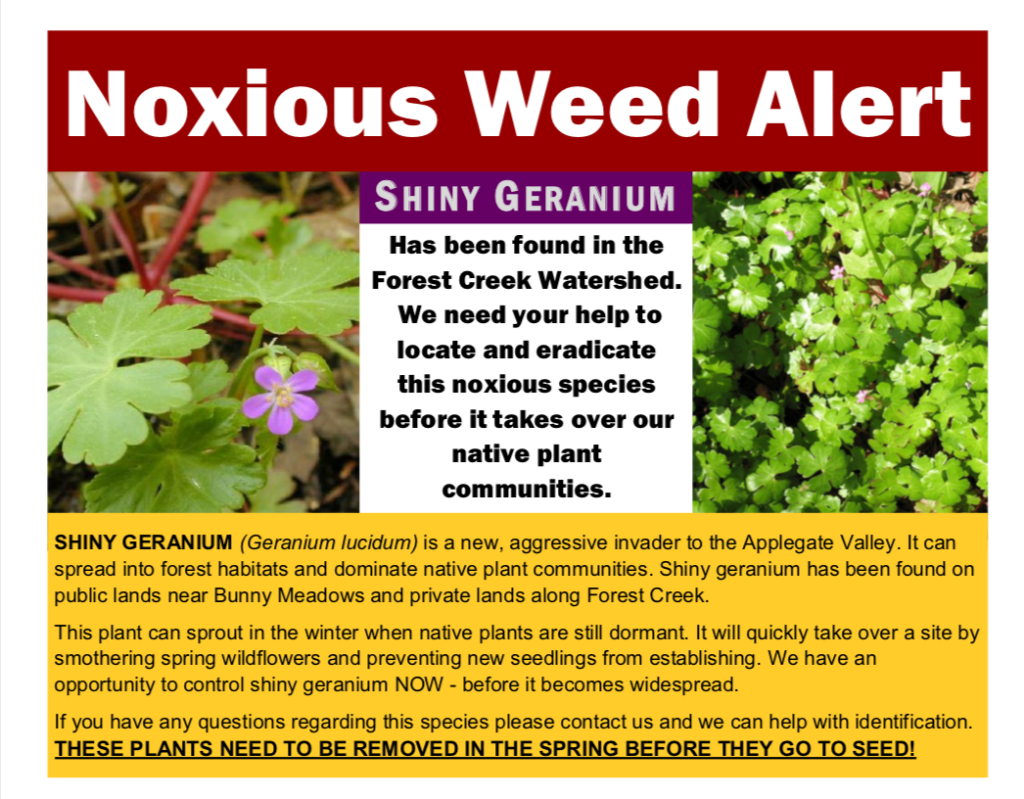
Clearly brought in through illegal off-road vehicle use on BLM lands, (the initial populations are all located on unauthorized dirt bike trails), the BLM has long refused to close these trails despite knowing the highly invasive nature of shiny geranium, and as a result it has spread quickly, covering at least 70 acres before BLM began any meaningful attempt to control the infestation.
In numerous recent timber sale proposals the BLM identified this area for logging, but later dropped the unit when environmental analysis and public input identified the potential problems with invasive weed spread. Yet, hungry for more timber, the BLM has decided to exclude meaningful environmental analysis and entirely exclude the public while planning the Forest Creek Salvage Timber Sale, thus ensuring that the spread of this noxious weed is not adequately considered.
Is the BLM so adamant that every acre be logged in the Applegate that they can’t even exclude 70 acres of a highly invasive plant from their logging plans?

Unit 22-1 is a 52-acre logging unit proposed for cable yarding, which will drag logs up the steep slopes, disturbing soils and potentially moving shiny gernanium all around the site. Any disturbed soil is a vector for spread of shiny geranium. After being dragged though the soil, the logs will be loaded onto trucks, contaminated with soil and weed seeds. The tires of the log trucks and the machinery used to yard logs and slash can, and most likely will, become contaminated, creating a significant risk for spread throughout SW Oregon.
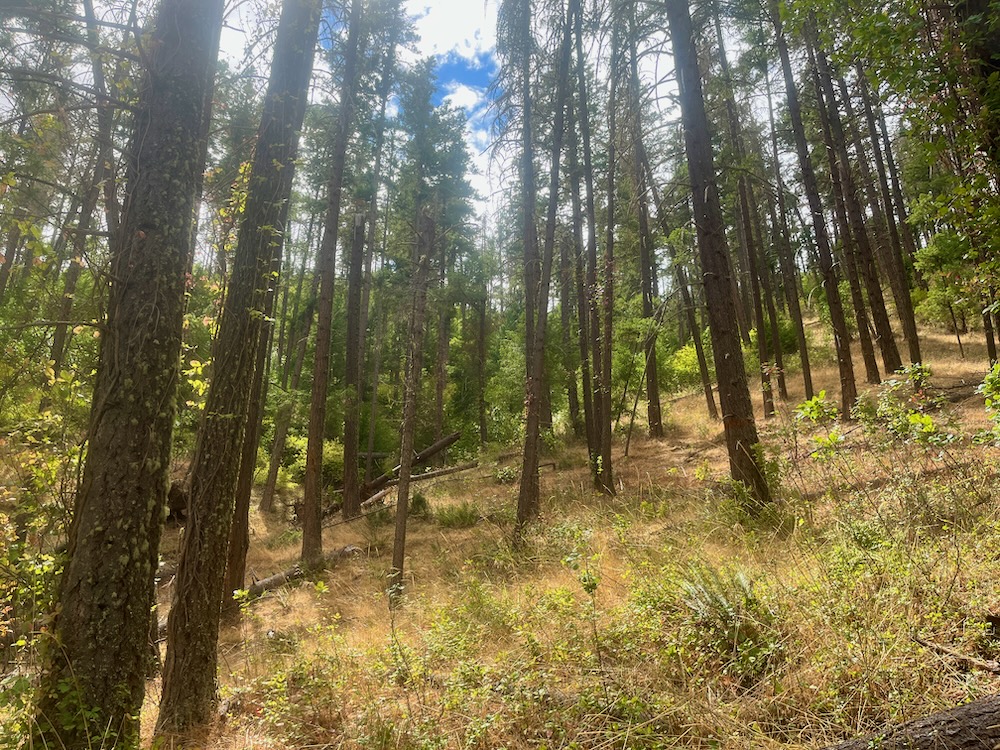
The BLM will also conduct road upgrades and maintenance in the timber sale area, which has a high potential to further spread shiny geranium in the area. Logging this unit is incredibly irresponsible, and it facilitates additional weed spread, potentially damaging to habitats throughout SW Oregon.
Other units proposed for logging in the Forest Creek Salvage Timber Sale include living, green trees that survived the recent beetle outbreaks. The BLM is tipping “salvage” logging on its head, in many cases focusing its logging prescriptions in the areas that survived the beetle outbreak and/or by targeting the trees within a stand that survived the recent outbreaks.
Using the fear of beetles, rampant misinformation, and purposefully misleading narratives of “restoration” and “resilience,” the agency is taking advantage of the recent beetle mortality to clearcut living forests, which in turn contributes to the climate crisis, degrades forest habitat, removes climate refugia and increases fire risks. Although the BLM claims to be public servants, it is clear that no one will benefit from these logging projects except for the BLM’s only real partners in SW Oregon: the timber industry.
Bring accountability back to federal land management and please, help us oppose this appalling, dishonest and damaging timber grab by the BLM!
Contact BLM land managers and your elected officials
Medford District Manager, Elizabeth Burghard: eburghar@blm.gov
Field Manager, Lauren Brown: lpbrown@blm.gov
Senator Wyden’s Natural Resource Staff, Jacob Egler: Jacob_Egler@wyden.senate.gov
Senator Merkley’s SW Oregon staff, Dahna Black: Dahna_Black@merkley.senate.gov
Talking Points:
—Cancel the Forest Creek Salvage and Boaz Salvage Timber Sales and the logging of living, green trees. Many stands proposed for “salvage” logging are mischaracterized as “dead and dying.”
—Withdraw the inappropriately applied Categorical Exclusions used to authorize the Boaz Salvage and the Forest Creek Salvage Timber Sales. Logging the resilient trees and stands that survived the recent beetle outbreaks is counterproductive and unacceptable.
—Do not allow logging in existing population of shiny geranium in the Forest Creek watershed. The risk of weed spread and environmental damage is simply too high.
—Implement land management activities on BLM lands that respect public involvement and conduct appropriate levels of scientific and environmental analysis. The current Categorical Exclusion does not provide adequate public involvement, analysis, or public disclosure of the project’s environmental effects.
—The BLM must not circumvent the NEPA process to avoid public accountability, the public disclosure of impacts, or to avoid public comment/input. Public lands should be managed with transparency and accountability, and projects of this scope, scale and intensity should be analyzed with at least an Environmental Assessment.
—The impact of proposed project activities are simply too high and should not be approved. The retention of only 3.3-4.9 trees per acre and the removal of existing forest canopy, including large diameter trees, will increase fire risks, damage habitat values, and contribute to climate change.
